BY-Rajeev Choudhary https://www.linkedin.com/in/rajeev-choudhary/
The passion for making reels and the addiction of watching reels is making the youth social addicts of a new kind of disease. While the craze of making reels is giving rise to accidents on one hand, caste frenzy, caste pride and caste inferiority are also being promoted at the social level. Who are these people who are doing such things? Is someone instigating from behind or are the users doing this on their own? This question is before us today because by doing this, a kind of terrible poison is being mixed in the society, which is increasing social bitterness.
You must be scrolling a video of ten to twelve seconds on many social media platforms when suddenly a video will come in front of you. In which the sound of thaay-thaay i.e. gunshot will be heard. The person making the reel has a rifle facing the sky in his hand and his finger will be on the trigger. A voice comes from behind, “Who are you”, then the answer comes, “We are Brahmins”. And the sound of two gunshots is heard from behind.
If you scroll the mobile, then some other reels will come up in which a young man of twenty-twenty-one years will be seen. There will be a turban on the head, a voice will come from the background that we are Thakurs son, be careful, Thakur’s son will get ahead in every field. You will be scrolling, then you will see a convoy of vehicles or a nineteen-twenty year old boy will be standing around a vehicle with a hookah. It will be written – Rola Chaudhary Ka Chaudhary Jat Ki. Then some Gujjar, some something else, that is, today a youth is making reels about his caste identity. Not only this, you will find Bhimachi Sherni, that is, Bhimrao Ambedkar’s lioness. Someone will be making a sarcastic or satirical comment on the caste of others by telling his own caste. Such people will get followers in lakhs, likes and comments will also be received.
This is the world of social media. Where such reels are considered common. Thankfully, social media has not been governmentized. Web Duniya’s report tells that if social media was government owned, some leaders would have definitely demanded reservation in Facebook, Twitter, LinkedIn etc. There should be a system that a certain percentage of likes should be from the reserved quota. It would also be that before starting an account, a copy of a certificate certified by a gazetted officer would have to be attached to show which caste you belong to. There are Indian people who declare their caste on social media on the pretext of surname. Tripathi, Chaturvedi, Sharma, Mishra, Joshi, Srivastava, Yadav, Singh, Verma, Parmar, Agarwal, Kumar, Jain, Thakur, Chauhan etc. Even after this, some people write Pandit, Kunwar, Thakur etc. before their name. There is no such rule on social media that caste should be considered as the basis for commenting or liking. Despite this, there are many people who spread casteism on social media. Actually, there are two types of people who do this. First, those who promote and glorify their caste. Second are those who do not promote their caste, but always keep threatening people of other castes. These people feel that the reason for all backwardness is casteism and only casteism.
An expert of social media did a deep research on which caste people are prominent in the friend list of people of which caste. He found that people are usually surrounded by people of their own caste even on social media. There can be many social, economic and political reasons for this. He also explained these reasons in detail. There is another caste ideology on social media. Some people also call it Bhaktvaadi ideology. Fans of Karl Marx, Ram Manohar Lohia, Gandhi, Osho, Ambedkar or any great man of their caste often become active on social media in the guise of a devotee. One cannot argue with such people. They only say their own thing. Their entire behavior is one-sided and full of foul language. This foul language is so dominant that many intellectuals show themselves absent here.
The reels of these influencers depict the religious and caste lines drawn in the country. Many concerns including caste display are also visible on social media. An Instagram account run from Rajasthan has thousands of followers. He uploads his reels on social media every day waving a gun. The background of the reels presents him as a hero of a particular caste with dialogues from Bollywood films. He does not forget to mention his caste in every other post to increase his influence in his community.
Secondly, recently all the newspapers had news that a “video war” has broken out on social media between the youths of two castes living in the villages of NTPC and Dadri area. There is a lot of abuse going on on Instagram, Facebook, Twitter and WhatsApp. The matter is getting out of hand. After getting the information, Greater Noida Police has become alert. The DCP has ordered Dadri, Jarcha and Badalpur police to keep an eye. On the other hand, the police and local intelligence have started identifying the youths involved in this matter.
There was news that some two youths abused each other on Instagram Live. Then this recorded video was shared on social media. In which a particular caste has been abused. Now in response to this video, youths of other caste have posted a video on social media. Caste tension has arisen in the entire area. Chances of conflict are increasing. Now youths of both castes are making and making videos in abusive language against people of each other’s caste viral. Some people tweeted to the police and demanded action, but the police sent the matter to the cyber cell and washed their hands off it. The cyber cell did not take action in this matter. Due to which people of other caste came forward. A major conflict was narrowly avoided.
Earlier, youths of Achheja village of Greater Noida and Bamheta village of Ghaziabad had made videos in abusive language viral about each other’s caste. After which people of both castes clashed and there was also a fight. The police found it difficult to handle the matter. Similarly, political and social people came forward and settled the matter by holding a panchayat. About a year ago, in Baghpat also, youths of two castes were making and posting similar videos on Tok Tok. In Bihar, the DM had given a direct warning about this caste conflict.

It is not limited to caste conflict only, but when a sportsperson brings a medal for the country or a promising student passes with good marks, even the caste of candidates who pass the UPSC exam is revealed and trended on social media. It was only a short while ago when the caste of badminton player PV Sindhu was probed on Google. It was condemned at that time.
After this, Hima Das, a girl from Assam, won five gold medals within a month. But people were also showing interest in her caste and were searching her caste on Google. Then a post was written that the coach is a native. The runner is a native. You can understand that success has been achieved due to their honesty. Otherwise, the Manuwadis commit fraud everywhere.
These posts made me realize that the India that one sees as per the glasses he has and the India that one writes as per the colour of ink he has. It seems that the most serious disease Indians are struggling with today is not diabetes or cancer but the disease of caste identity, pride and shame. No medicine, no vaccine is visible for its cure. It is certain that in the coming times, this disease will be seen more in the society instead of decreasing.
Although the increasing influence of social media raises hope that casteism will end in India, but for many people caste is a convenience. Caste is the fuel of politics for them. Caste is not their problem, it is a privilege. On the other hand, there are people for whom caste is not a matter of respect but a matter of shame. That is why people of many communities keep protesting and they protest so that their caste is considered a ‘backward caste’. A phrase has become popular in common spoken language, which reflects the politics of India – ‘Where there is caste, there is miracle’. All this is bound to happen in the politics of votes. Now if this mud is seen on social media as well, then why is it surprising?

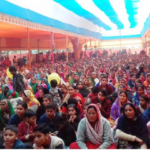
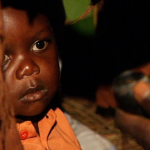
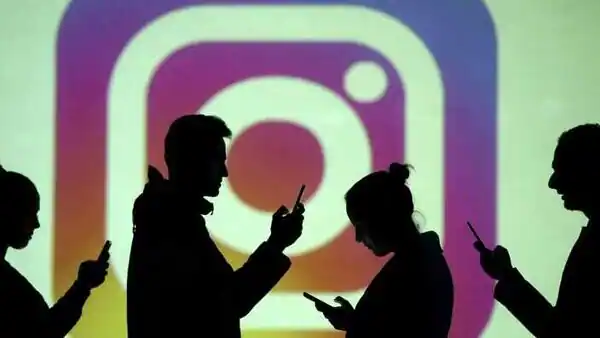

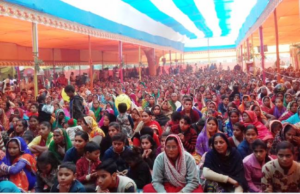
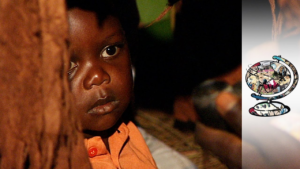
More Stories
What Means Pray With Fire !! Prayer on Fire Yajna, Hawan The Scoop India
Canada’s Trudeau invokes emergency powers to quell protests || The Scoop India
Days to war? What we know about the unfolding Russia-Ukraine crisis || The Scoop India